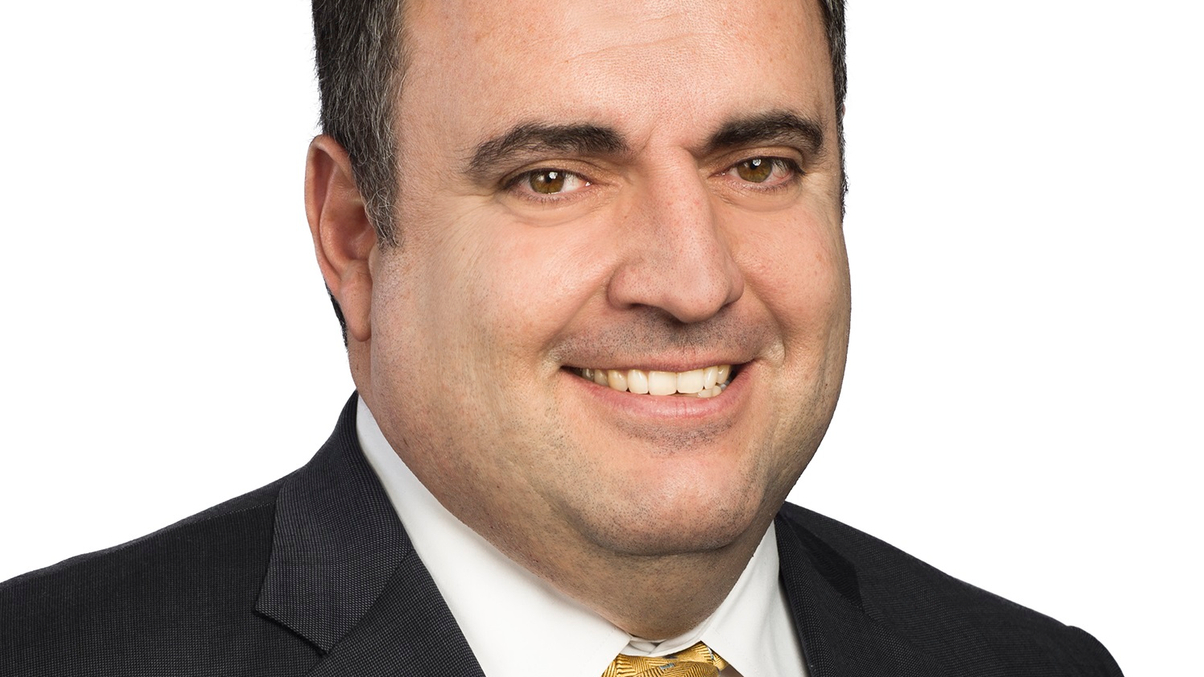Man GLG adds EM debt quintet, shuns Asia bonds
The hedge fund firm has completed its five-strong emerging market debt team under Guillermo Osses, who discussed his post-Brexit outlook and positioning with AsianInvestor.

UK hedge fund manager Man GLG has completed its new emerging-market debt team with the addition of five executives, as it looks to negotiate bond market volatility after Britain’s vote to leave the European Union.
Sign in to read on!
Registered users get 2 free articles in 30 days.
Subscribers have full unlimited access to AsianInvestor
Not signed up? New users get 2 free articles per month, plus a 7-day unlimited free trial.
¬ Haymarket Media Limited. All rights reserved.


